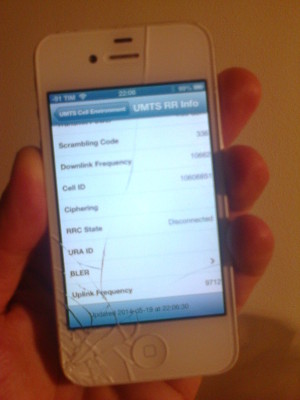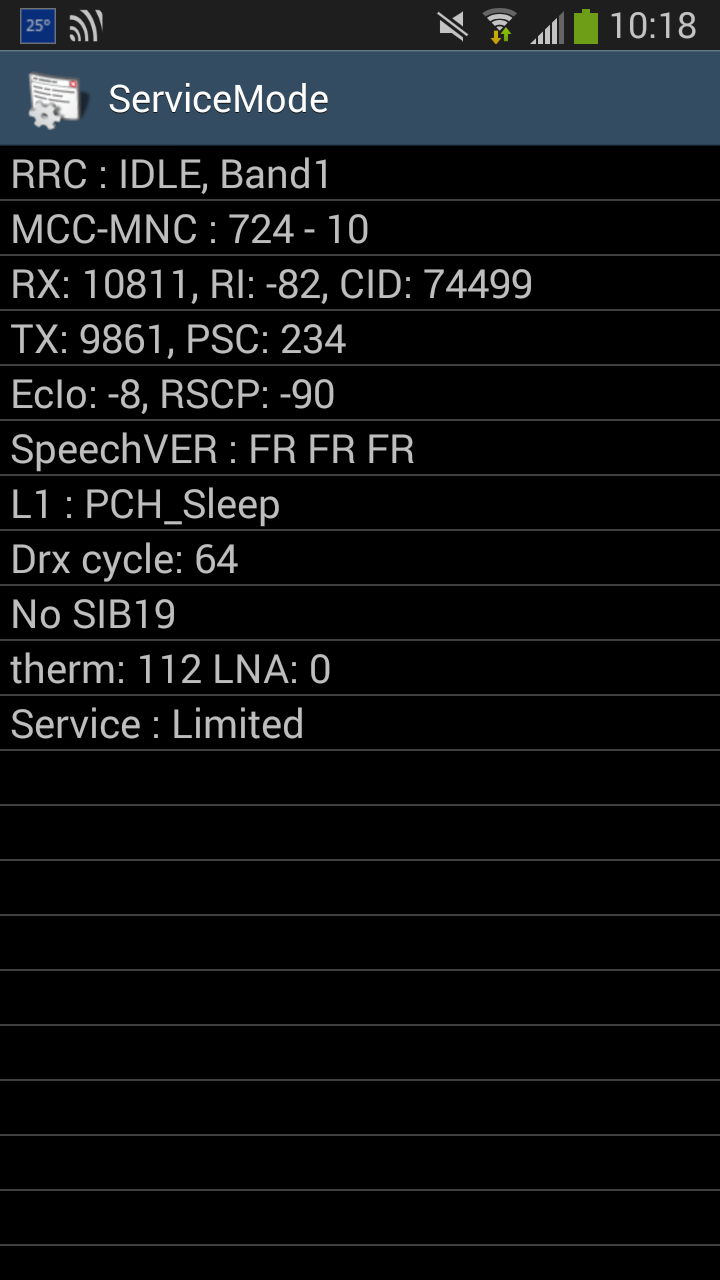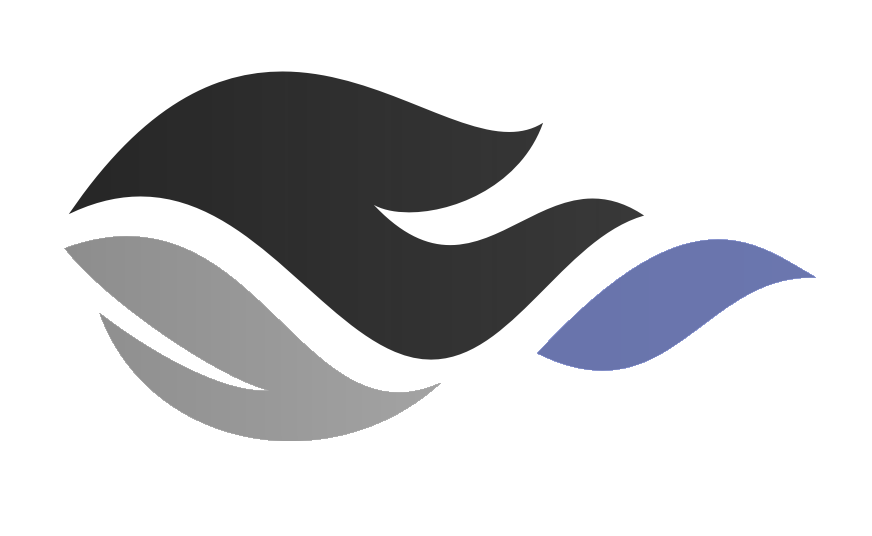3G Bands and my Nokia 301
So I bought a Nokia 301. Not a Lumia. No Android. No touch-screen. No Wi-Fi. I know what you are thinking: what was I thinking?

Though I used to love phones when I was a teenager, I don't really like mobile phones. I appreciate their convenience, but I don't like being continuously distracted. In a very non-technological way, I like actually being with whoever I'm with. So when I'm home in Brazil I prefer a very basic phone. I prioritize good battery life, and a keypad I can dial or type with without having to give it full attention. And when I cracked the screen of my E52, I figured USD80 for a 301 was not a bad deal.
Anyway, because the 301 isn't sold in Brazil — nobody really wants to be stuck trying to sell a featurephone, even in my country — I bought one on Ebay. And because it had been so long since I had purchased a phone, I didn't even think of checking the frequencies it operated in, the same mistake that many N95 users in Brazil made years ago.
Finding the Frequencies
It turns out there are three different models of the 301 out there with support for two different 3G frequency bands:
- The RM-841 "Latin America only" version
- 2G Network GSM 850 / 900 / 1800 / 1900 MHz
- 3G Network UMTS 850 / 1900 MHz
- The RM-840 (US/Global) and RM-839 (Dual SIM)
- 2G Network GSM 850 / 900 / 1800 / 1900 MHz
- 3G Network UMTS 900 / 2100 MHz
The Ebay entry for the phone I bought failed to note it was of the RM-841 variant. But when I put my TIM SIM into the phone, riding home in the bus from São Paulo, I noticed I didn't have reliable 3G connectivity. At the time I thought this was because the highway coverage was spotty; it turns out the problem is actually carrier and phone frequency compatibility. On this RM-841 phone, in São Carlos, my operator selection screen helpfully shows the following:
- Vivo 3.5G
- Claro 3.5G
- TIM Brasil 2G
- Oi 2G
This suggests Vivo & Claro in São Carlos are on UMTS 850 or 1900, and Tim and Oi are on 2100 only. But can we find out for sure?
TIM

Well, it turns out Mari has a (slightly damaged) iPhone 4S, and if I use Field Test Mode by dialing *3001#12345#*, I get the following information from the UMTS Cell Environment screens:
- Downlink Frequency (and UARFCN which shows up initially) 10638
- Uplink Frequency 9688
- Three cells nearby show the slightly different 10662/9712
- Unrelated, but also interesting, the PDP Context Info shows the phone is using IPV4 address 177.50.206.171 and the APN timbrasil.br; http://whatismyip.com/ confirms that is the externally visible address, which is in a block allocated to TIM.
The frequencies look high for what you'd expect to fit around 2100 MHz; it turns out that they aren't actually frequencies, but rather, UMTS frequency bands. Based on that information, Mari's iPhone 4S is indeed on Operating Band 1, which is commonly known as 2100 MHz [*].
[*] It's a bit esoteric but still reassuring to note that 10638 - 9688 is exactly 950 (190 MHz * 5), as is 10662 - 9712. Read the Wikipedia link above to understand what significance that has.
Claro
I checked another iPhone registered on Claro that also has 3G connectivity, and which gave me these readings:
- Downlink Frequency/UARFCN: 4414
- Uplink Frequency: 4189
- IPV4 address 10.33.164.118 (an RFC-1918 address NATed out, as externally I get 191.247.224.150, registered to Claro)
- APN java.claro.com.br (with other unused entries for vvm.claro.com.br and mms.claro.com.br)
So Claro in São Carlos is indeed on UMTS band 5, 850 MHz. And installing a Claro chip on my 301 provides 3G connectivity and decent download speeds.
Vivo, Oi & Nextel 3G

I did some basic research with a SIM and Galaxy S3 registered on AT&T; the cool thing about it is that it lets me select any local operator with whom they have a roaming agreement. Using the Android equivalent of iPhone's Field Test Mode, ServiceMode, which you can get to by dialing *#0011#, here's what I found:
- Vivo
- Band 1 (2100 MHz)
- Down/uplink: 10811/9861
- MCC-MNC: 724-10, CID 74499, PSC: 234
- Oi
- Band 1 (2100 MHz)
- Down/uplink: 10738/9788
- MCC-MNC: 724-31, CID 36ae8, PSC: 13
- Nextel 3G
- Band 1 (2100 MHz)
- Down/uplink: 10688/9738
- MCC-MNC: 724-39, CID a1874, PSC: 421
For completeness, Claro is MCC-MNC 724-05 (CID d8ea65, PSC 275) and TIM is MCC-MNC 724-03 (CID a1ada, PSC 336). Note that the MCC and MNC numbers agree with the Wikipedia entry on mobile country codes.
This shows that that, at least in São Carlos, Vivo is available on both 2100 MHz and 850 MHz, so the same SIM will work on both Nokia 301 model types — the Galaxy seems to prefer the 2100 MHz band, which is why we got the reading above. Claro, on the other hand, only offers 850 MHz (and thus will only work with my current 301 model, RM-841).
Summary: 3G Bands in São Carlos
| Operator | 850MHz | 2100MHz |
| TIM | No | Yes |
| Claro | Yes | No |
| Vivo | Yes | Yes |
| Oi | ? | Yes |
| Nextel 3G | ? | Yes |
Wrapping up
In hindsight, this all seems quite obvious. I guess what confused me the most are the bands listed on various blogs and sites, which are somewhat simplistic and may not account for variation across coverage areas.
TIM has put up an interesting service that uses the Google Maps API to render the towers and coverage area. It's a pity it doesn't show the 3G and GSM frequencies supported.
Finally, I find myself wishing I knew more about GSM in general. Some references I found while researching:
- A GSM Introduction slide-set from ADA Cellworks
- UMTS Frequency information from Radio Raiders
Has anyone else done some basic investigation of carrier frequency in other areas of Brazil or the world? If you have more information to share, I'd love to hear about it!
